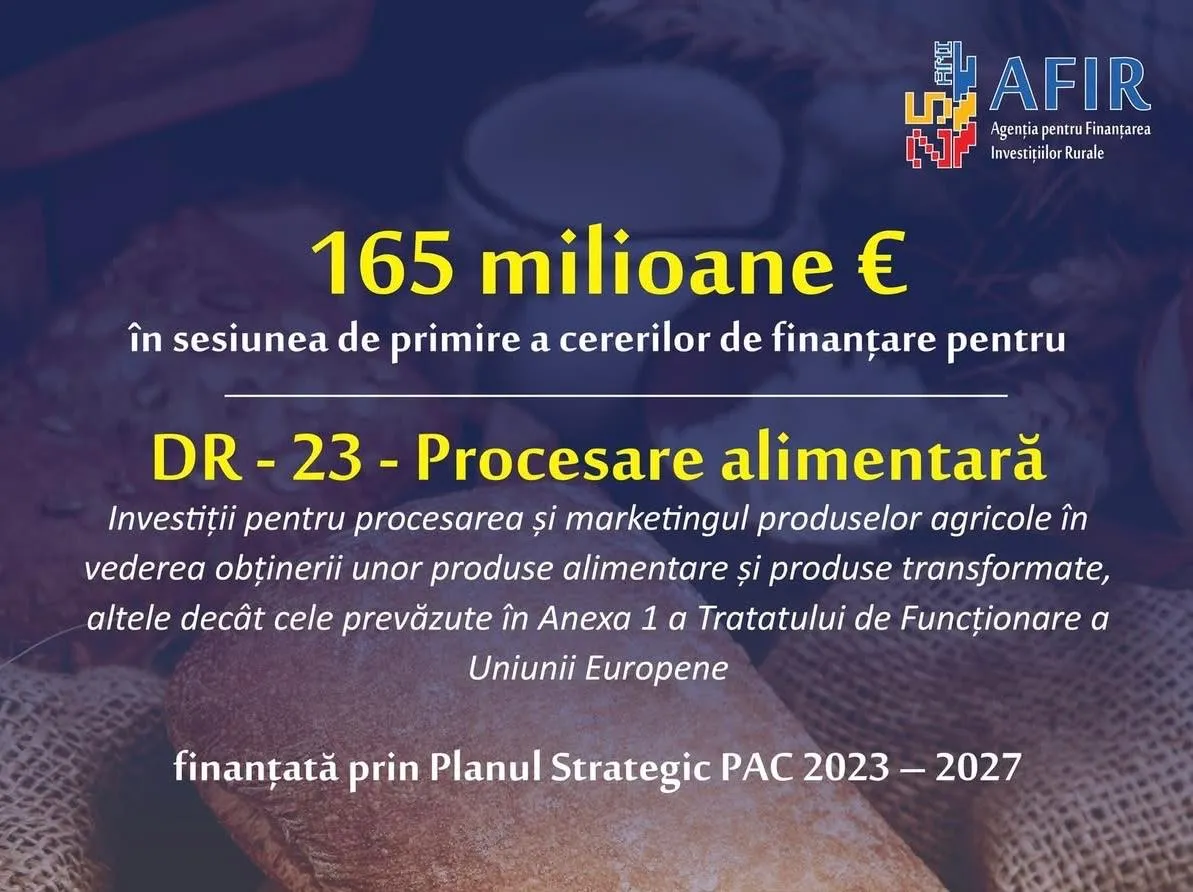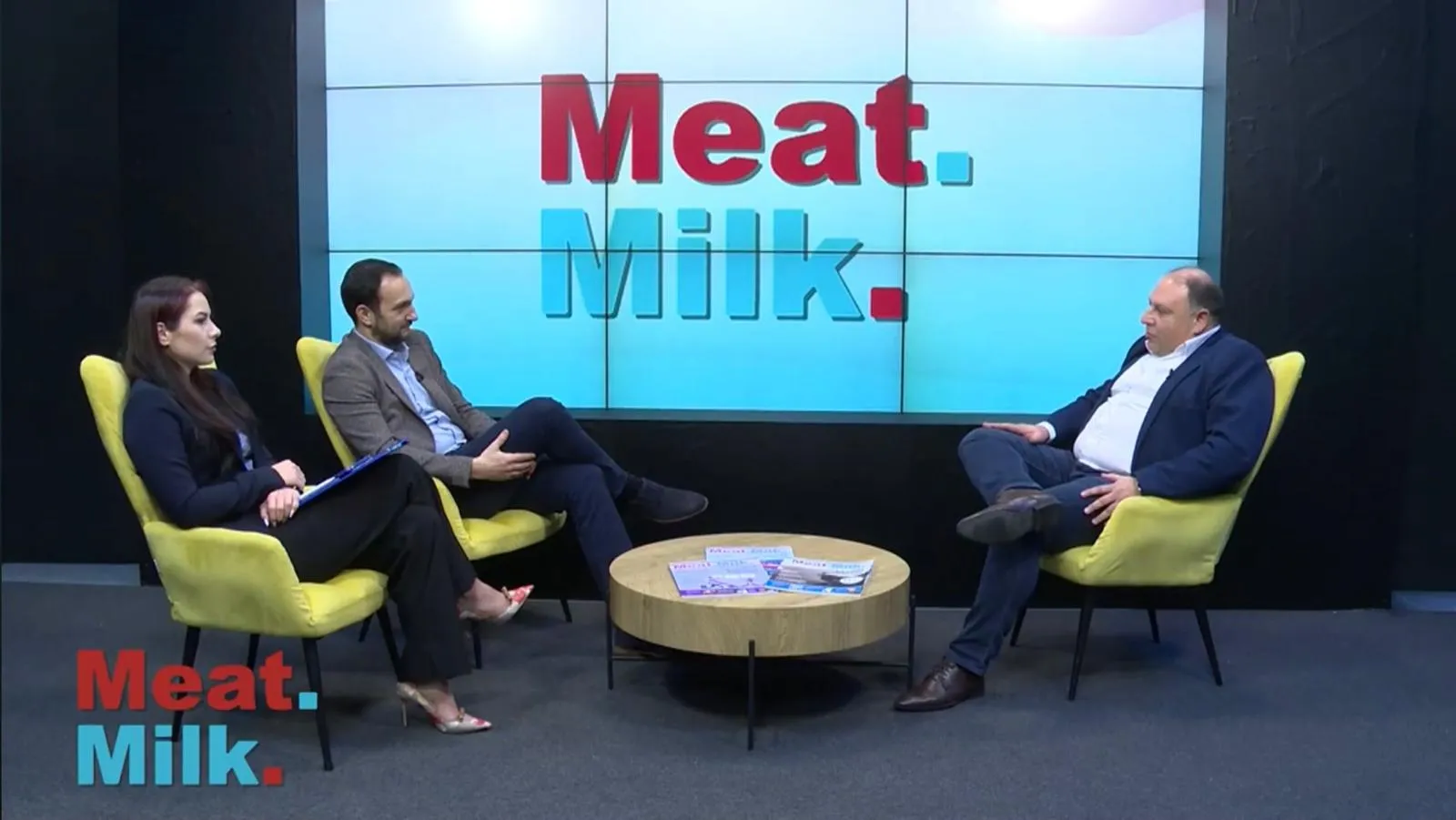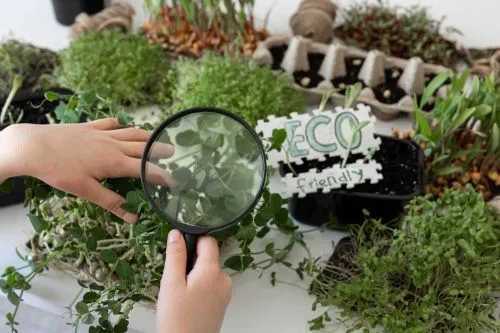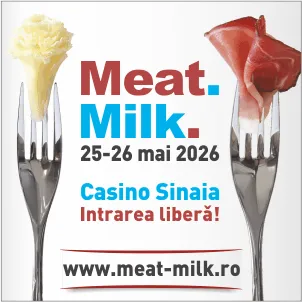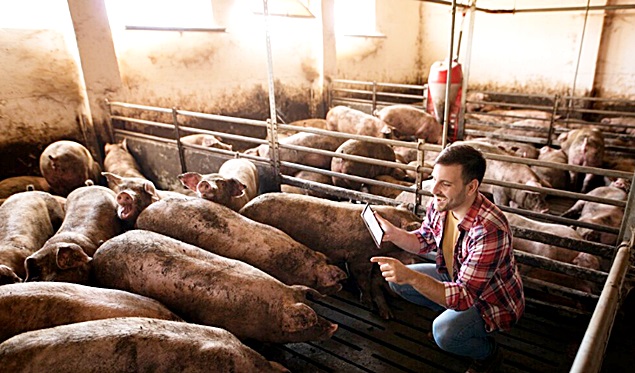
Circular Raw Materials in Pig Feed: A Feasible Path Toward Sustainable Farming
A recent study conducted by Wageningen Livestock Research, part of Wageningen University & Research (WUR) in the Netherlands, highlights the potential of increasing the use of circular raw materials in pig feed without negatively affecting animal performance, health, or welfare, reports PigProgress.
Supported by the Dutch Ministry of Agriculture, Fisheries, Food Security and Nature, along with the CoViVa platform, the study emphasizes the importance of transitioning to a circular agricultural model within the pig farming sector.
Reducing Cereal Content in Pig Diets
One of the scenarios explored in the study involves reducing the proportion of cereals in pig diets by replacing them with cereal by-products, secondary wet products, and, where legally permitted, food leftovers.
The results indicate that cereal by-products—such as bran and feed flour—offer high digestibility and do not negatively impact growth or feed efficiency.
Furthermore, the fiber in these by-products can support gut health and help reduce post-weaning diarrhea, though the origin and processing method of the material are key factors in this outcome.
Secondary wet products from the food industry—such as potato fibers and other residues—also present promising opportunities, provided that proper hygiene is maintained in their storage and distribution.
Studies show that including 25% potato peels or a mix of liquid co-products (including whey) in pig diets can yield results comparable to traditional cereal-soy-based feeding.
Additionally, fermenting specific products like potato fiber and pulp can enhance digestibility and positively impact intestinal health.
Reducing Dependence on Imported Proteins
Another scenario investigated focuses on lowering dependence on imported soybean meal by incorporating alternative protein sources such as rapeseed meal, beans, legumes, insect meal, and aquatic raw materials (e.g., algae) into pig feed.
The findings show that rapeseed meal and legumes can be used without compromising animal performance, at inclusion levels of 5–25% in piglet diets and 10–20% in finishing pig diets.
However, high fiber content and natural bioactive compounds—such as tannins or alkaloids—can have a negative impact.
Although limited data is available on the use of grass or alfalfa in pig diets, grass protein concentrate appears to be a promising alternative to soybean meal.
Insect Meal: A High-Quality Protein Ingredient
The study describes insect meal as a promising high-quality protein source, with excellent digestibility. However, its use is currently constrained by limited availability and regulatory restrictions.
Similarly, in the case of algae and other aquatic raw materials, further research is needed to assess the effects of higher inclusion levels in pig diets.
Processed animal proteins (PAP) derived from poultry meal can already replace 4–5% of soybean meal without negatively impacting growth or carcass quality.
However, the use of feather meal or poultry meal with high ash content may lead to reduced feed intake and growth performance.
The effect of new PAPs on pig health and welfare remains unclear and requires further investigation.
Conclusion
The study concludes that increasing the use of circular raw materials in pig feed is indeed feasible and can significantly support the transition toward a more sustainable, circular agriculture system.
Nonetheless, further research is necessary to evaluate the effects of combining different raw materials and to ensure that animal performance, health, and welfare remain uncompromised. (Photo: Freepik)
